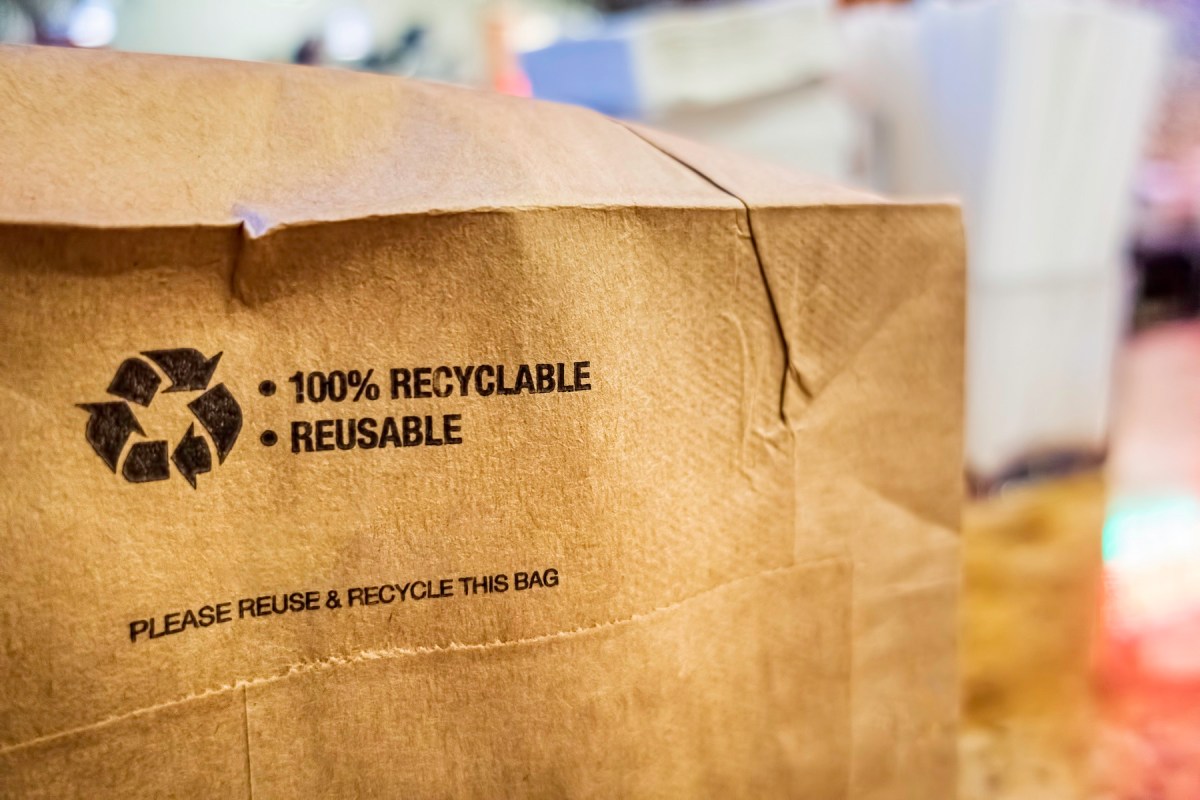We are entering a new era in packaging. For the first time, Australia’s environment ministers committed to a packaging regulatory scheme and to developing mandatory packaging design obligations by the end of 2024, among other commitments set to reshape the future of packaging in Australia.
This commitment follows negotiations on a Global Plastics Treaty, aiming to end plastics pollution worldwide.
This idea is not as ambitious as it might seem. The UN Environmental Program has said that with existing technologies and policy changes, countries could reduce plastic pollution by 80% by 2040.
The introduction of these new environmental policies will create the seminal moment the world urgently needs to curb the escalating plastic waste challenge. It is estimated that Australia alone produces 2.5 million tonnes of plastic waste each year, and worldwide, production is expected to double by 2040.
Of the waste we produce, only 12% is currently recycled in Australia and only 9% of the world’s plastic ever produced has been recycled. What’s more, research indicates that the toxic additives and other pollutants found in plastics pose a risk to human health and have been shown to be endocrine disrupters and to change hormone activity.
Investment in plastics also poses a significant financial risk. According to a new report from Planet Tracker, investors in big plastic are likely ‘sleepwalking into billions of dollars’ worth of risk. The report estimates that liabilities and litigation costs relating to plastics could potentially exceed $100 billion by the end of the decade.
Given our reliance as a society on plastics, businesses are set to be radically disrupted. Companies will need to reduce packaging waste and take responsibility for any waste still produced by implementing mechanisms for reuse, recycling, or reprocessing product packaging.
This new era for packaging in Australia presents opportunities for companies to actively get ahead of the new mandates and rethink their packing solutions to align with or exceed the Australian National Packaging Targets.
While many companies have been getting ready for this over the last decade with existing packaging targets and investments increasingly being made in more sustainable packaging alternatives, insufficient progress has shown that voluntary mechanisms are not pushing companies to work fast enough. This is why a global treaty and new mandates are seen to be required to create the necessary steps to change packaging waste for the future.
The new Australian packaging rules will introduce additional requirements for packaging design based on international best practices. By holding industries accountable for the packaging they produce, the government aims to reduce environmental impact, whilst also reducing the presence of harmful chemicals and other contaminants in packaging, ensuring consumer safety. It will incentivise companies to innovate and embrace alternative sustainable materials while demonstrating environmental leadership, optimising supply chains, and achieving cost savings.
The move will also create a strong market for recycled plastics, by pushing companies to integrate recycled plastics into their products, reducing reliance on virgin plastic and supporting a closed-loop system.
Recycling behaviours will play a crucial role in the transition to sustainable packaging. Companies will need to provide clearer labelling and better information for consumers on how to treat packaging once it becomes waste. This will complement better incentives and clearer rules for household recycling to restore consumer trust that what they are putting in the recycling is going where they intended.
Ultimately, to really make an impact on plastic packaging waste we will need to develop and implement whole new ways of distributing products that place less reliance on packaging (especially plastic packaging). There is significant scope for innovation and research and development on this front.
In the coming months, we will see how effective and far-reaching the Global Plastics Treaty will be, but the consensus from over 180 countries for it to be legally binding is an encouraging start. Businesses should not wait for the outcome. Those wanting to lead will have impressive targets in place, be investing and bringing more sustainable packaging alternatives to market, collaborating with competitors to accelerate better packaging solutions, and taking responsibility for the waste they already put into the environment.
Companies that delay will pay a far bigger price than the operational changes and penalties that await them.
Terence Jeyaretnam is EY APAC Leader at Climate Change and Sustainability Services.

